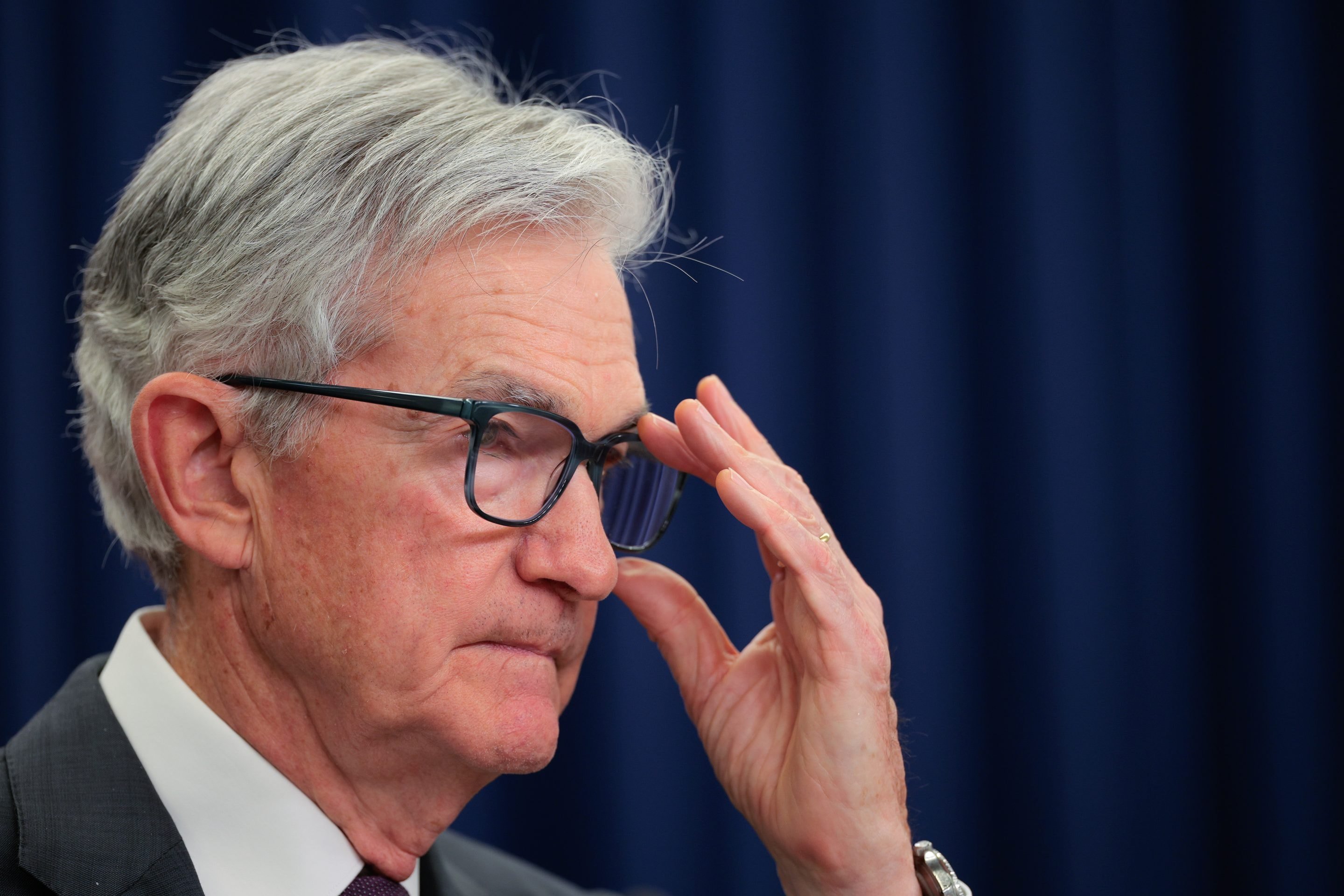Weak jobs market fuels rate cut expectations
The US Department of Labor's July jobs report showed that only 73,000 non- farm jobs were created, much lower than forecast.
More worryingly, May and June's employment figures were revised down by a combined 258,000 jobs, bringing the average gain to below 20,000 jobs per month.
The unemployment rate rose to 4.2% in July, near a 12-month high, suggesting a weakening labor market.
The market reaction was swift. Stephen Brown, deputy director of North American economics at Capital Economics, called the report a “jobs shock.” Markets immediately revalued the probability of a Fed rate cut in September to 85 percent, from less than 50 percent before the report.
The Federal Open Market Committee (FOMC) kept interest rates in a range of 4.25% to 4.5% at its July meeting, despite signs of economic weakness and pressure from President Donald Trump for Fed Chairman Jerome Powell to cut rates. However, the July jobs report changed the picture, strengthening the case for the Fed to act soon.
Brian Rose, senior economist at UBS Global Wealth Management, said the jobs report provided evidence of a weak labor market, enough for the Fed to consider cutting interest rates even though inflation remains high.
GDP data shows the US economy growing just 1.2% in the first half of 2025, below the long-term trend of 2.0%. Rose expects economic data to remain weak in the second half of the year, helping to offset inflationary pressures from new tariffs.
Economic data reinforces Fed's dovish stance
Despite the worrying jobs report, other data suggests the labor market is not in crisis. Brown noted that initial jobless claims fell to 218,000 last week, and continuing claims have also been falling since their peak in early June.
However, survey indicators such as the ISM manufacturing employment index fell further in July, while business capital spending recovered only slightly after the “Liberation Day” event in April.
President Trump's new tariffs also increase import costs, pushing up inflationary pressures, creating mixed economic signals.
Mixed signals and expectations from Jackson Hole
Analysts expect Fed Chairman Jerome Powell to use the Jackson Hole Economic Conference, taking place from August 21 to 23, to signal the possibility of a rate cut if the labor market continues to weaken and the inflationary impact from tariffs is not large.

Rose predicts the Fed will begin cutting rates from its September meeting, cutting 25 basis points at each meeting through January, bringing the federal funds rate to “neutral.”
“Data this morning suggests Powell may be ready to signal the Fed is leaning toward a rate cut in September,” Rose said.
Source: https://baonghean.vn/fed-dung-truoc-ap-luc-giam-lai-suat-sau-bao-cao-viec-lam-thang-7-10303701.html



































































































Comment (0)